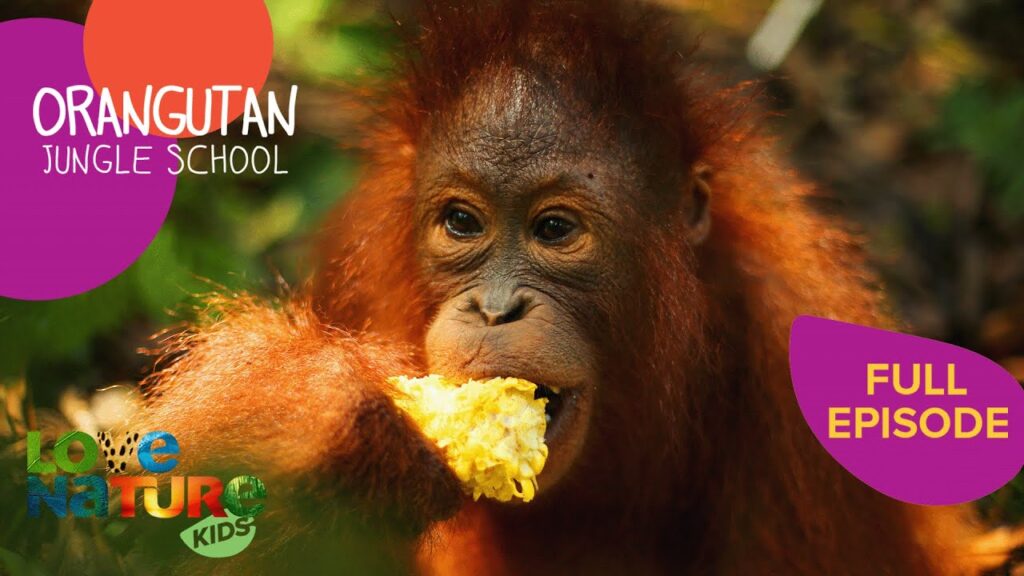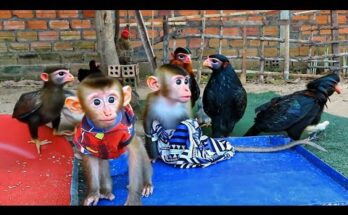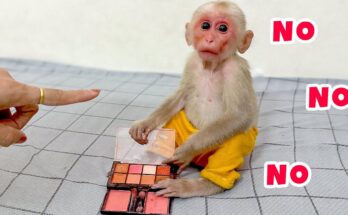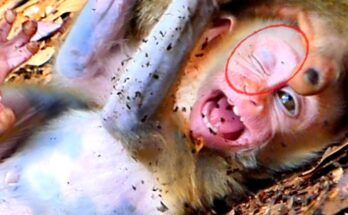
In the heart of the Bornean rainforest, a school unlike any other is preparing for a bittersweet milestone. It’s graduation day at the Orangutan Jungle School—and while there are no caps or gowns, the weight of this moment is no less profound.
Episodes 201 and 202 take viewers on a powerful journey through triumph and tension, joy and heartbreak. These episodes mark both endings and beginnings—where young orangutans say goodbye to the only home they’ve known and where new challenges put the entire team’s strength and spirit to the test.The forest hums with morning energy. Caregivers gather around a group of adolescent orangutans who, after years of rehabilitation, are finally ready to begin the next chapter—pre-release. Among them are familiar faces: Luna, a quiet climber with a sharp mind; Gerry, the class clown with a love for mud baths; and Mimi, fiercely independent, always preferring the treetops to ground-level mischief.
These orangutans have come a long way. Orphaned due to deforestation or the illegal pet trade, they arrived traumatized, malnourished, and unsure of how to be wild. But under the patient care of their surrogate “mothers”—the forest school caregivers—they learned how to climb, forage, build nests, avoid predators, and socialize.
Now, it’s time to move to the pre-release islands, where they will live with minimal human contact and rely solely on their instincts. If they do well there, full release into the wild will be their final reward.
The caregivers gather to say goodbye, their faces marked with both pride and sadness. For them, letting go is the hardest part of the job. They’ve watched these orangutans grow from frightened babies into capable, confident young adults.
As the transport cages are loaded onto boats, Gerry gives one last playful bounce on a caregiver’s lap, while Mimi gazes out at the river as if she knows what lies ahead. The journey to freedom has begun.
No sooner has the graduation glow begun to settle than crisis strikes.
The call comes in the middle of the afternoon—a distressed orangutan has been spotted alone near a remote village, dangerously close to a palm oil plantation. The rescue team, experienced but always aware of the risks, mobilizes immediately.
When they arrive, they find a juvenile female orangutan, Tika, clinging to a tree stump with hollow eyes and ribs that press against her thin, matted fur. She is barely hanging on. Her mother is nowhere in sight.
This is one of those moments that defines the emotional weight of the work. There’s no time to process or pause. The team gently tranquilizes Tika for safety and immediately begins emergency care in the mobile clinic. Her vitals are unstable, and she’s severely dehydrated.
She is rushed back to the Jungle School’s veterinary center, where the team works through the night to stabilize her. Fluids, food, and warmth are administered with urgency. Caregiver Rina stays by her side, whispering softly, rubbing her back, and refusing to leave even for a moment.
In these scenes, Orangutan Jungle School reminds us that wildlife conservation isn’t just about biology—it’s deeply human, emotional, and often heartbreaking. Tika’s arrival shatters the brief peace after graduation, but it also galvanizes the entire team. Every orangutan that walks through their gates represents both tragedy and hope.
After 48 tense hours, Tika begins to show signs of recovery. She eats a few pieces of banana and makes faint eye contact with Rina. It’s the smallest gesture—but it’s everything.
Episodes 201 and 202, though emotionally opposite in tone, are two sides of the same coin. One celebrates a hard-earned goodbye; the other, a desperate hello. But both moments reflect the deep mission of Orangutan Jungle School: to heal, to teach, and to release.
For the graduates like Luna, Gerry, and Mimi, the journey forward will be their most important test yet. Without fences or feeding routines, they will have to prove that they can truly survive in the wild. Caregivers will monitor from a distance, tracking their progress via GPS collars and remote cameras. But the orangutans must now make their own choices.
Meanwhile, back at the clinic, Tika begins her first baby steps toward healing. She’s far from ready for school—she’ll need months of medical attention, followed by slow social integration with other young orangutans. But she has a second chance, and that’s more than many ever get.


